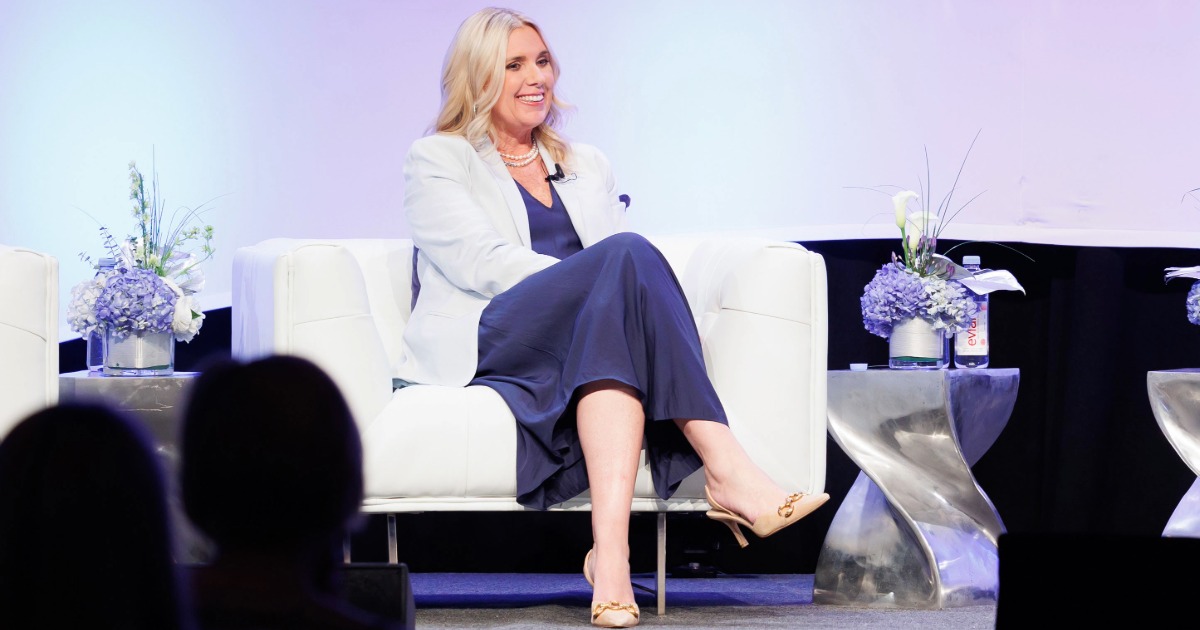Clinicians often attribute a loss of joy from medicine to electronic health records and other technologies – while IT professionals feel frustration over a lack of appreciation. The ones who end up suffering in this scenario: patients.
One way to solve the common problem is by making technology a team sport, according to Santosh Mohan, a healthcare industry analyst and chair of the HIMSS Innovation Committee.
Mohan recommended that hospital executives look to both user experience and customer experience strategies to make that happen; the users and customers in this case being clinicians.
"The two complementary disciplines must be brought together to earn the trust and credibility of clinicians and influence their satisfaction and productivity," Mohan said.
Whereas UX focuses on making products that are easy and enjoyable to use CX, in turn, is about the experience a customer has when actually using that product, Mohan added. The difference is both nuanced and critical because UX and CX work together.
Indeed, hospitals such as UPMC, Texas Health Resources, NewYork-Presbyterian and Stanford, where Mohan previously served as a management fellow, are employing these techniques.
The four strategic pieces include: design thinking on the UX side as well as IT rounding, empathy interviewing and journey mapping on the CX side.
Particular to the design thinking element, Mohan recommended tasks such as ideating and holding workshops to surface insights from IT and clinicians while broadly taking a human-centered approach. UX also involves, for instance, understanding that it takes more than just a pretty user interface to delight clinicians.
"One doesn’t have to come after another," Mohan said. "CX is about being proactive and using design thinking to surface those insights."
To that end, IT rounding is as the name suggests. IT professionals, and not just executives, walk around the hospital with clinicians to understand their pain points, frustrations, workarounds. And it also presents a scenario in which IT people can suggest existing technologies that might make those clinicians’ lives easier and jobs more productive.
Empathy interviewing includes exploring emotions by asking clinicians questions to understand what it’s like to in their shoes, to learn their stories so IT better serve them as customers.
And journey mapping is literally mapping out the entire journey clinicians take in the hospital, including the people they interact with, the processes and technology they come into direct contact with and ones they don’t directly contact but still play an important role in their experience, all as a means to assess what problems they regularly face.
"By using these programs hospitals are improving clinician satisfaction and savings and boosting IT employee engagement," Mohan said. "All of these techniques impact patients by improving their experience with clinicians. We invest in IT for our clinicians to ultimately improve the patient experience."
Mohan will be speaking in multiple HIMSS17 sessions. In "Demanding a delightful care team experience," he will be joined by UPMC chief innovation officer Rasu Shrestha, MD, on Monday, Feb. 20, from noon-1 p.m. in Room W308A. And in "Rounding like you mean it," he will join Stanford Health associate CIO Lisa Grism on Wednesday Feb. 22, from 10-11 a.m. in Room 308A.
HIMSS17 runs from Feb. 19-23, 2017 at the Orange County Convention Center.

This article is part of our ongoing coverage of HIMSS17. Visit Destination HIMSS17 for previews, reporting live from the show floor and after the conference.


